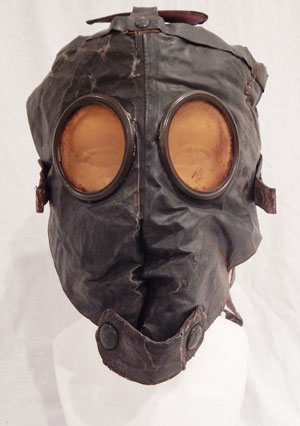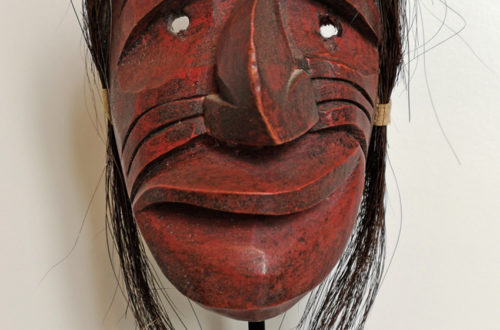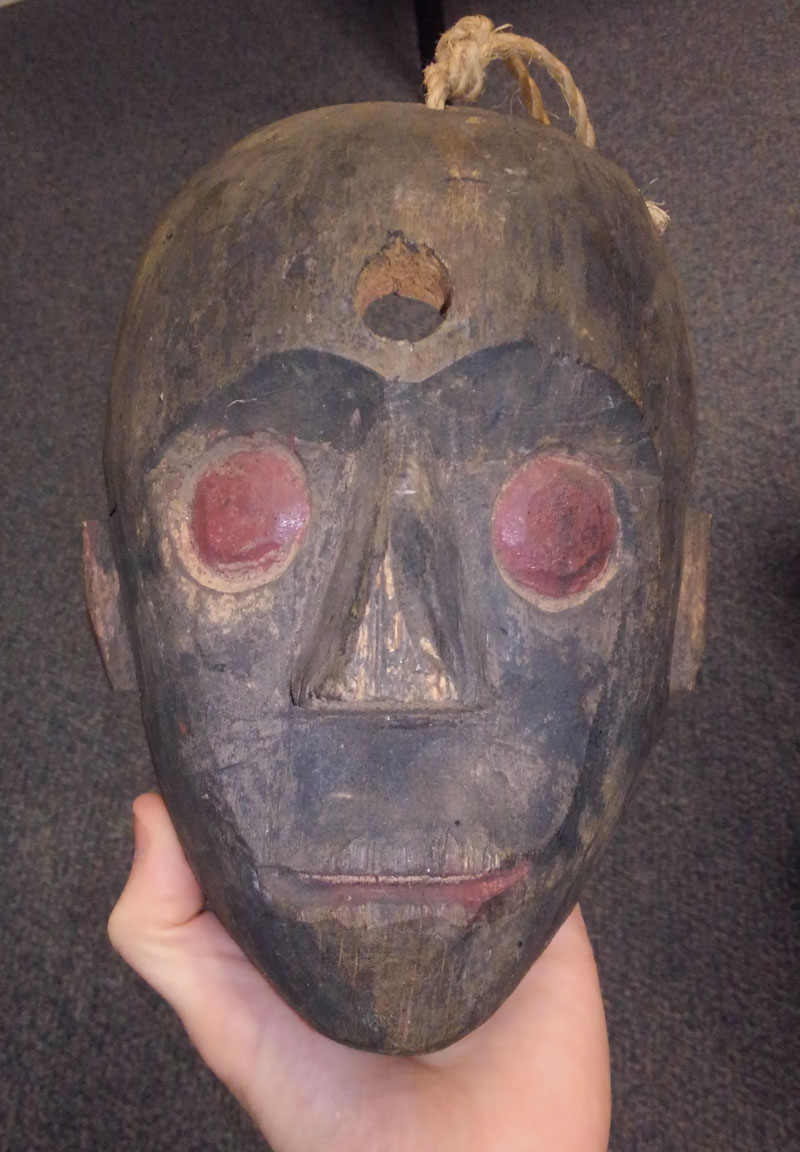 Different parts of Spain have their own unique ways of designing masks and costumes for celebration. I believe the botarga, a distinctive character associated with the traditional winter festivities in the region of Guadalajara, is the fifth blog I done on Spanish masks. They are all different.
Different parts of Spain have their own unique ways of designing masks and costumes for celebration. I believe the botarga, a distinctive character associated with the traditional winter festivities in the region of Guadalajara, is the fifth blog I done on Spanish masks. They are all different.
The botarga is a character connected to today’s religious celebrations. Its origins are thought to date from pre-Roman times and to be related with fertility rites. The mask’s typical accessories are the brightly colored costume, a truncheon, castanets and the cowbells tied around the waist. It is made of brightly painted walnut wood. The face resembles a devil, with an open mouth, pointed teeth, small cloth ears and whiskers, eyebrows, a beard and hair made of horsehair stuck onto cloth.





